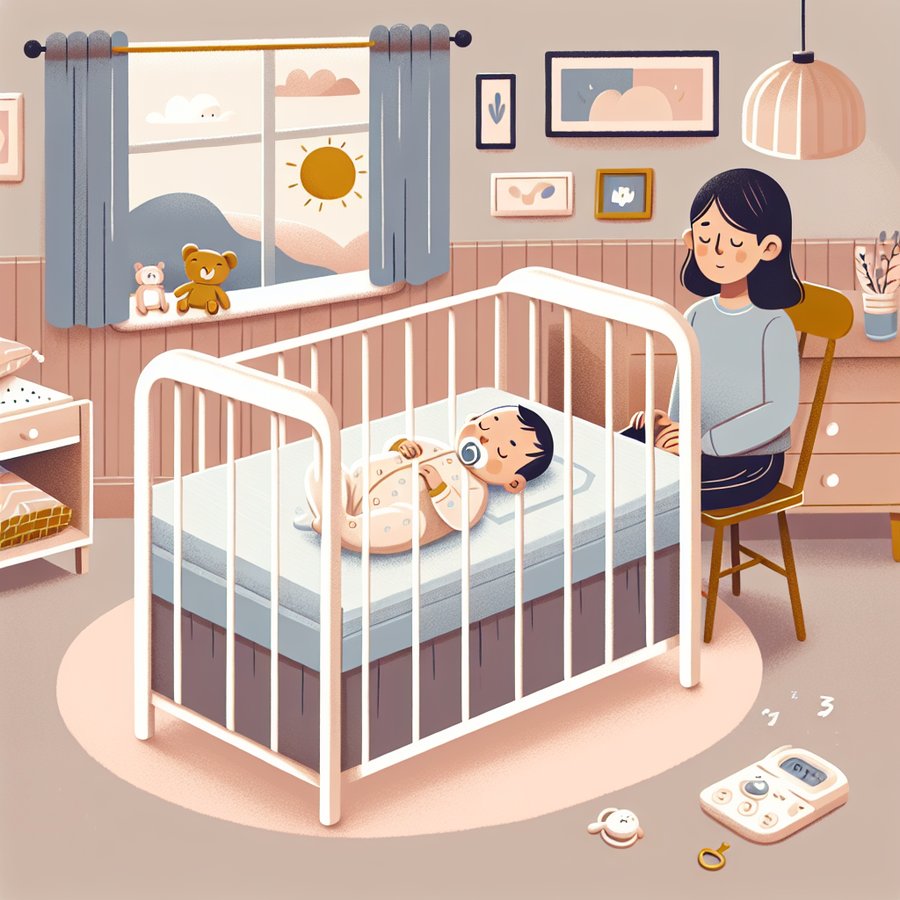Safe sleep practices to reduce the risk of SIDS (Sudden Infant Death Syndrome) are essential for every parent and caregiver to understand and implement. SIDS is the unexplained death of a baby younger than one year old, and while the exact cause is unknown, there are several ways to significantly reduce the risk. This article delves into the best practices for safe sleep, based on the latest research and guidelines, to help protect your precious little one.
Understanding SIDS and Its Prevention
SIDS, often referred to as ‘cot death’, remains a leading cause of death in infants between one month and one year of age. Though its causes are not fully understood, researchers agree that certain safe sleep practices can reduce the risk of SIDS. Creating a safe sleep environment is a crucial step every parent can take.
The American Academy of Pediatrics (AAP) has issued guidelines that emphasize the importance of placing babies on their backs to sleep, on a firm sleep surface, and in the same room as their parents but on a separate surface designed for infants. For more detailed guidance, refer to the AAP’s recommendations on safe sleep.
Safe Sleep Practices to Reduce the Risk of SIDS
Implementing safe sleep practices from the first day can help protect your baby from SIDS. It’s not just about the sleep position; the entire sleep environment plays a crucial role. Here are core practices that have been widely recommended by health professionals:
- Always place your baby on their back to sleep, for naps and at night.
- Use a firm and flat sleep surface, such as a mattress in a safety-approved crib, covered by a fitted sheet.
- Keep soft bedding such as blankets, pillows, and toys out of your baby’s sleep area.
- Avoid exposure to smoke, alcohol, and illicit drugs during pregnancy and after birth.
- Consider offering a pacifier at nap time and bedtime once breastfeeding is well established.
- Ensure the baby sleeps in the same room as the parents, but not in the same bed, to reduce the risk of SIDS and other sleep-related causes of infant death.
Adhering to these practices not only reduces the risk of SIDS but also promotes a safer sleep environment. For additional safety tips, including how to choose a crib and mattress, visit our in-depth guide on safe sleep practices to reduce the risk of SIDS.
Creating a Safe Nursery Environment
Beyond just the crib and sleep practices, the overall nursery environment plays a significant role in ensuring your baby’s safety. From choosing the right furniture to understanding how to maintain optimal room temperature, every detail matters.
To start, ensure that the crib is placed away from windows, blinds, and curtains to reduce the risk of accidents. The nursery should be kept at a comfortable temperature to prevent overheating, a known risk factor for SIDS. Consider using a fan for air circulation and avoid placing heavy blankets or clothes on the baby. For more on creating a non-toxic nursery, check out our insights on safe materials and products.
In conclusion, understanding and applying safe sleep practices to reduce the risk of SIDS is paramount for the health and safety of your baby. By following the guidelines outlined above and maintaining a safe nursery environment, parents can ensure their little ones have the safest possible start in life. Remember, every small step taken towards creating a safe sleep setting can make a significant difference in reducing the risk of SIDS.
For more information on baby safety and wellness, explore our articles on infant CPR, choosing the safest baby car seats, and childproofing your home. Every parent’s journey is unique, but armed with the right knowledge, we can all create a safer world for our little ones.













